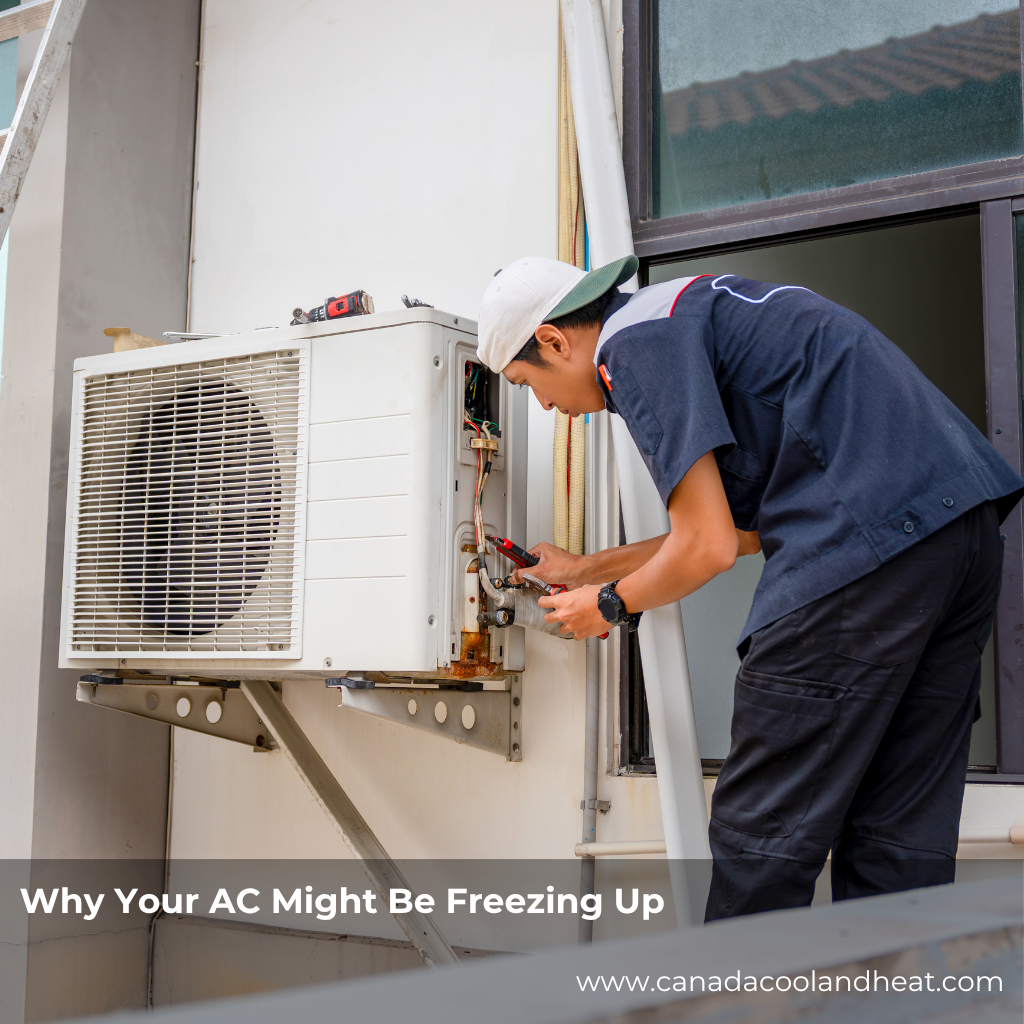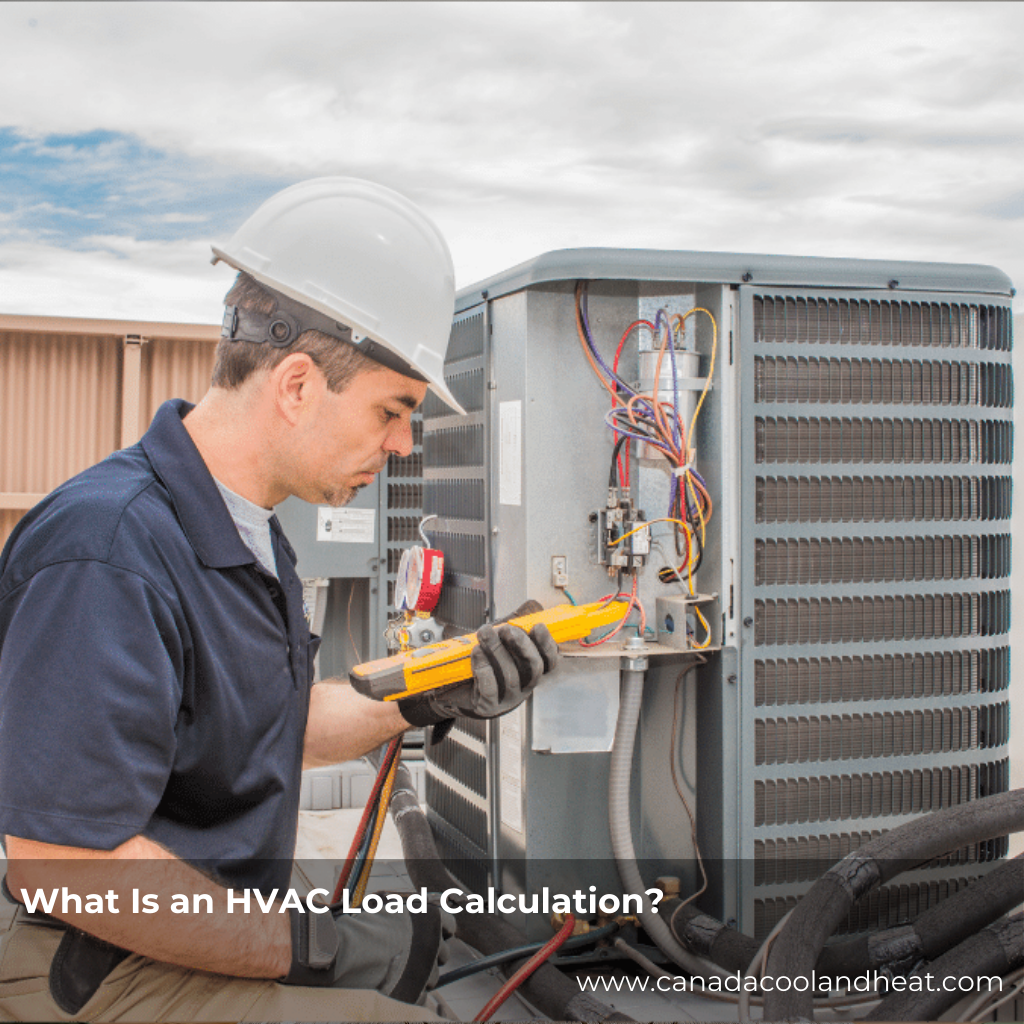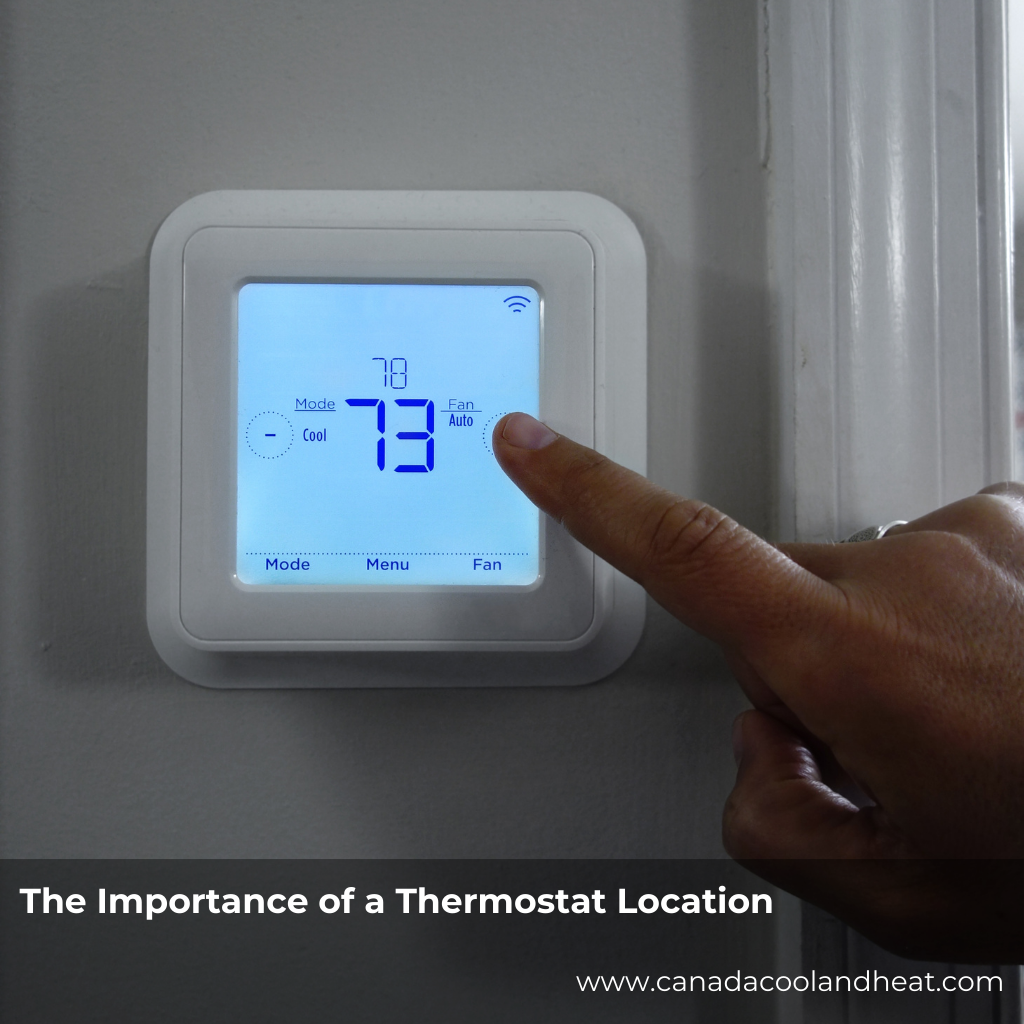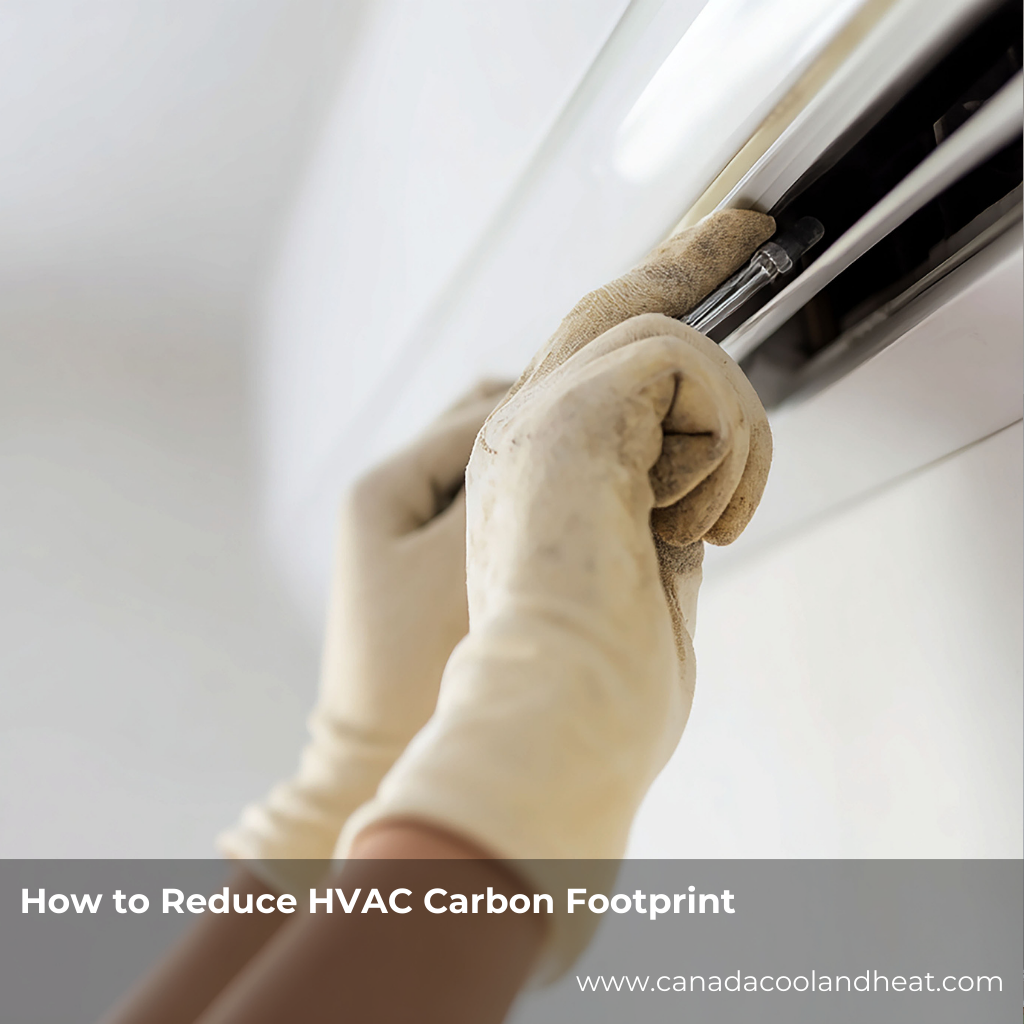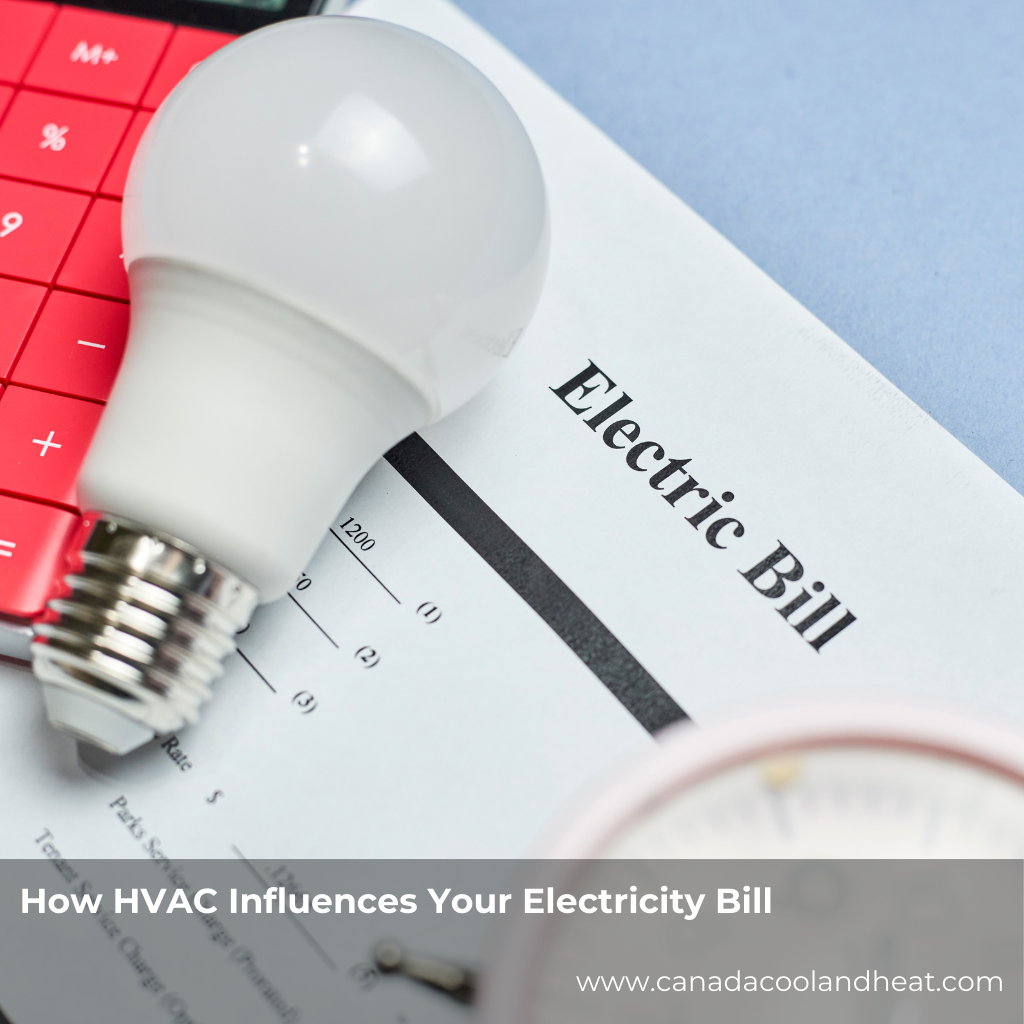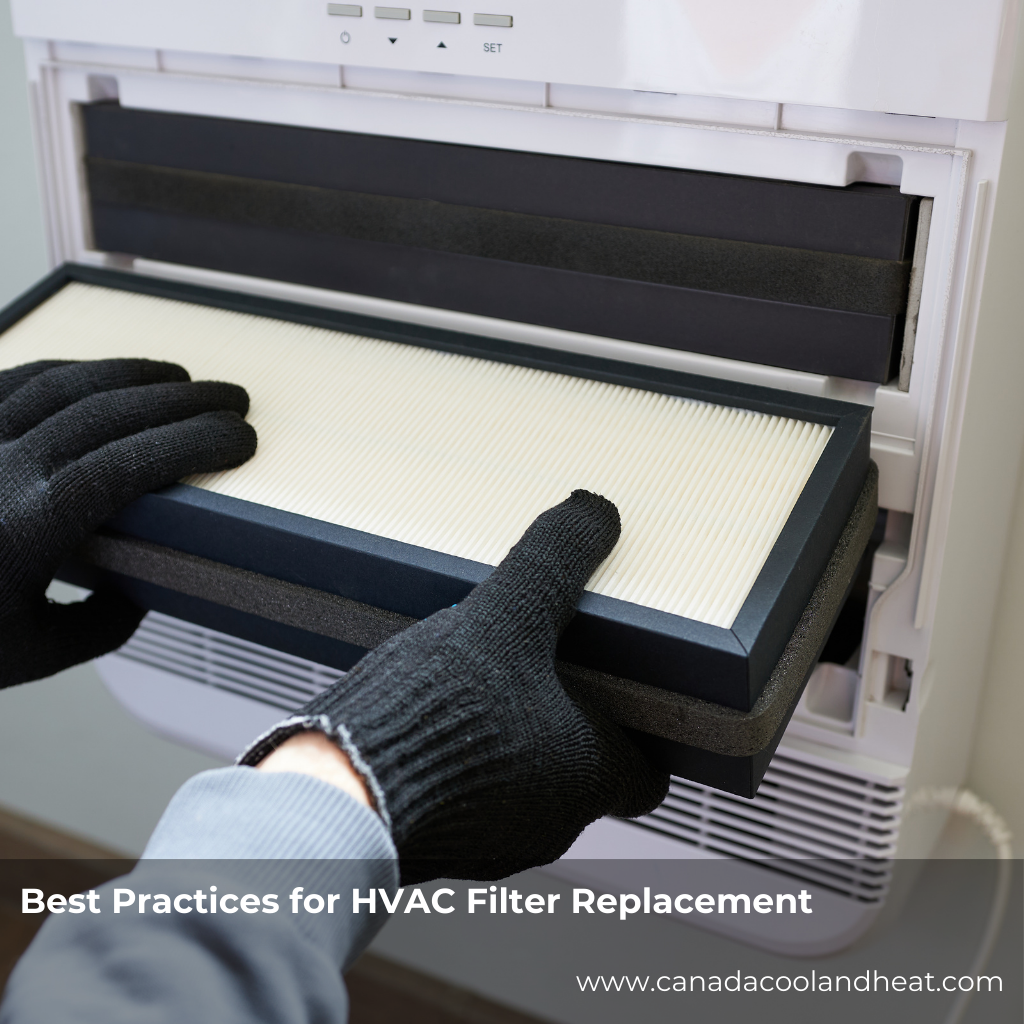The Hidden Connection Between Vent Hoods and Your HVAC System
Every HVAC system is designed to maintain a delicate balance between air supply and air return. When that balance is disrupted—say, by a powerful vent hood pulling massive volumes of air out of the kitchen—it can create negative pressure inside your home or building.
Here’s what happens next:
-
The HVAC system struggles to pull in enough air to match the exhaust.
-
The evaporator coil inside your AC may get too cold because airflow is restricted.
-
Moisture condenses and freezes on the coil.
-
Before long, you’ve got an AC unit frozen solid and no cool air circulating.
This problem is especially common in kitchens with large or improperly balanced exhaust systems. If the vent hood is moving more air out than your HVAC can replace, you’re setting up a pressure imbalance that can strain every part of your cooling system.
Understanding Airflow: How Vent Hoods Impact Comfort and Efficiency
Think of your kitchen as an ecosystem. A vent hood’s job is to remove heat, smoke, and odors—but it doesn’t work alone. For every cubic foot of air it removes, another cubic foot needs to come in from somewhere else.
If your home or building is tightly sealed, the air makeup may come from:
-
Cracks under doors or windows (uncontrolled infiltration)
-
Air pulled down chimneys or flues (dangerous backdrafting)
-
Air pulled from other rooms, which can make them stuffy or uncomfortable
When your vent hood overpowers your HVAC system, not only does your AC freeze up, but you might also notice:
-
Uneven temperatures throughout your home or restaurant
-
Lingering odors and humidity in the kitchen
-
Doors that are harder to open or that “whoosh” when closed
-
Skyrocketing energy bills
Sizing Guidelines: Getting Your Kitchen Ventilation Right
A properly sized vent hood and HVAC balance can make all the difference. While exact needs vary by kitchen type and cooking load, here are some general guidelines:
1. Determine Hood Size and Airflow
-
Residential Kitchens:
-
Aim for 100–150 CFM (cubic feet per minute) per linear foot of cooktop.
-
For high-output ranges (like gas or wok cooking), you may need up to 300 CFM per linear foot.
-
-
Commercial Kitchens:
-
Follow local codes or ASHRAE guidelines; typical airflow rates range from 150–400 CFM per linear foot, depending on cooking equipment.
-
2. Provide Make-Up Air
-
Every CFM exhausted must be replaced with make-up air.
-
Install dedicated make-up air systems that introduce filtered, tempered air to balance pressure.
-
In smaller kitchens, opening a vent or window may suffice—but it’s not energy efficient long-term.
3. Coordinate Vent Hood and HVAC Design
-
Ensure your HVAC contractor and kitchen designer collaborate during planning.
-
Oversized vent hoods may require upsized return ducts or additional make-up air units.
-
Balance airflows to maintain slightly positive pressure—this keeps cooking fumes contained without overworking the AC.
4. Maintain Regular Cleaning and Inspection
-
Grease buildup can reduce hood efficiency and alter airflow.
-
Check ducts, filters, and fans quarterly for proper operation.
-
Keep your AC filters clean to maintain consistent air circulation.
Signs Your Ventilation Is Causing HVAC Problems
You might not immediately suspect your range hood when your AC acts up—but these clues often point straight to ventilation imbalance:
-
Frost or ice buildup on the AC coil or refrigerant lines
-
Weak airflow from vents, especially when cooking
-
AC running constantly without cooling efficiently
-
Strange whistling or pressure noises when turning on the vent hood
-
Backdrafting from fireplaces or gas appliances
If you notice these, it’s time to have both your HVAC and kitchen ventilation systems inspected together.
Practical Steps to Fix or Prevent Freezing Issues
-
Balance Airflow:
Hire an HVAC technician to measure static pressure and rebalance supply/return rates. -
Add Make-Up Air:
Even a small make-up air vent can reduce pressure strain and protect your AC. -
Adjust Hood Usage:
Avoid running high-powered hoods on maximum speed unnecessarily. -
Insulate Ductwork:
Prevent condensation and energy loss along long duct runs. -
Upgrade Equipment:
Energy-efficient, variable-speed fans and AC units can adapt better to fluctuating air pressures.
Conclusion: Balance Is the Key to Comfort
Your AC freezing up might not be a refrigeration problem at all—it could be a ventilation imbalance rooted in your kitchen’s design. The next time you upgrade your vent hood or notice your AC working overtime, think about the invisible tug-of-war happening between your HVAC and your kitchen exhaust.
A properly designed and balanced system keeps the air fresh, your food smells under control, and your cooling system running smoothly all summer long.
FAQs About Vent Hood HVAC Kitchens
1. Can a vent hood really affect my AC performance?
Yes. Vent hoods pull air out of your home, and if your HVAC can’t replace it, airflow drops—causing your AC coils to freeze.
2. What’s the best CFM for a residential kitchen vent hood?
Generally, 100–150 CFM per linear foot of cooktop is sufficient. High-output stoves may need more.
3. Do I need make-up air in a small kitchen?
Yes. Even small exhaust systems need replacement air to prevent pressure imbalances.
4. Can I fix this myself?
You can start by cleaning filters and adjusting hood settings, but balancing airflow often requires professional testing.
5. What’s the sign of negative air pressure?
Doors that slam shut, drafts through gaps, or backdrafting from chimneys are classic warning signs.
6. Does make-up air need to be heated or cooled?
Ideally, yes. Conditioned make-up air maintains comfort and efficiency year-round.
7. How often should I clean my vent hood filters?
At least once a month for residential use and weekly for heavy cooking or commercial settings.

